Focus on Shadow Service - Part One
In the first of a two-part series for paid subscribers, I delve into the secret history of Mi666 and Shadow Service
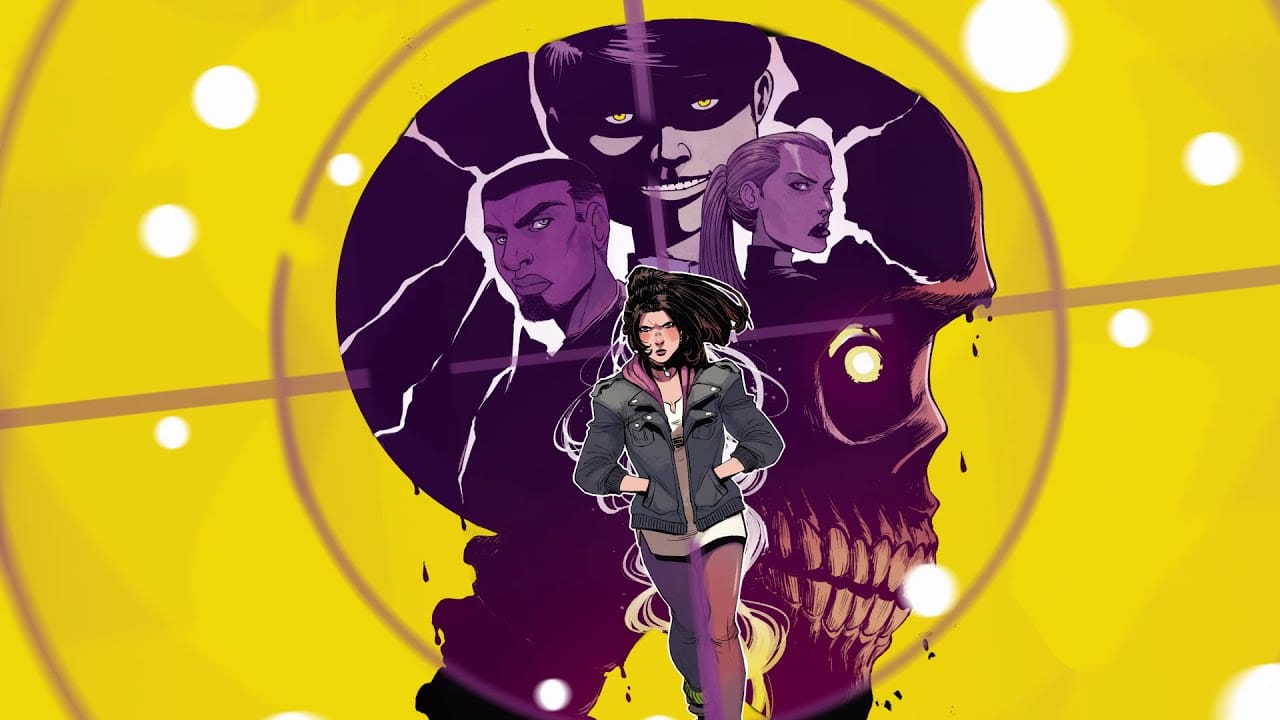
Warning: While I try to keep spoilers to a minimum, these articles do contain details that made their way into Shadow Service. But don’t worry, three volumes of the comic are currently available from Vault Comics if you need to catch up, with signed copies also available on my website. Don’t forget, paid subscribers also get exclusive doodles in anything bought from the store!
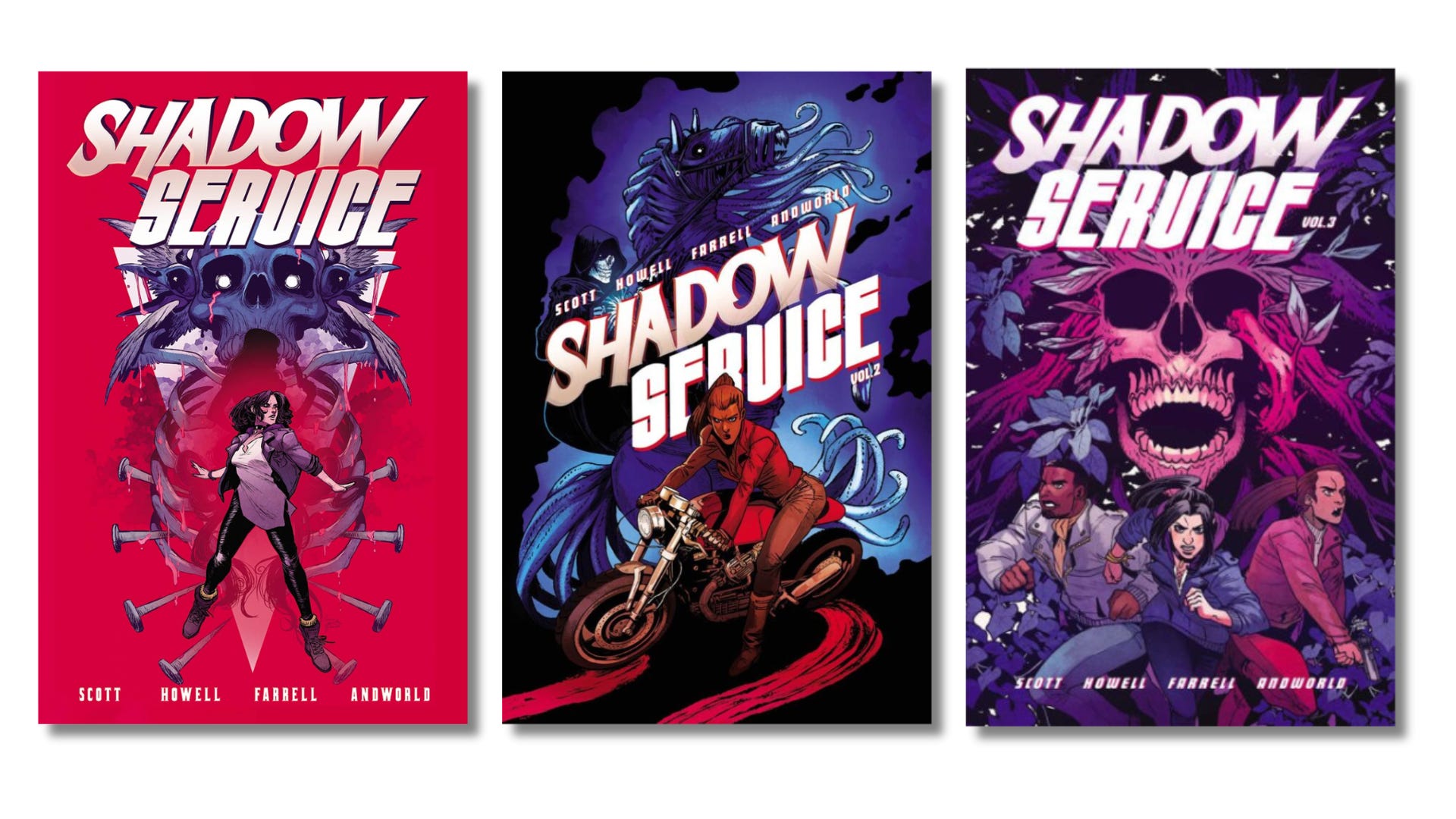
Shadow Service will always be special to me as it was my first published creator-owned comic, if not the first I’d written. That honour went to The Ward, which I’d scripted in full by the time we’d started work on Shadow Service #1 but, thanks to a pesky planetwide pandemic, was delayed until 2022.
However, the beginnings of Shadow Service date back much further than my story about a secret hospital for monsters or even my work on Star Wars or Doctor Who.
I’d been playing with the idea of a British supernatural secret service ever since I was a kid obsessed with Who, Hammer Horror and James Bond. With Mi666, a name I coined in some truly awful short stories in my teens, I reckoned I could combine all three, having a crack team of occult agents defending Queen and Country from metaphysical attacks.
One character was there from the beginning, first appearing in now long-lost exercise books. Hex was always destined to be MI666’s shadowy spymaster although, in those early missions, he appeared — at least on the surface — as a gaunt-faced man in his 40s. The truth, however, was more complicated. Hex was a consummate name-dropper, but there was one problem. He could never have met the people he was dropping into conversations, people who had lived - and died - long before his life in the 1950s, the setting borrowed from Ian Fleming’s James Bond novels.
This was the iteration of Hex who appeared many year’s later in the earliest MI666 story to see print. Published in the August 2013 edition of the British Fantasy Society Journal, Glory Bound was inspired by artist Tom Brown’s distinctly Lovecraftian cover art for the issue.
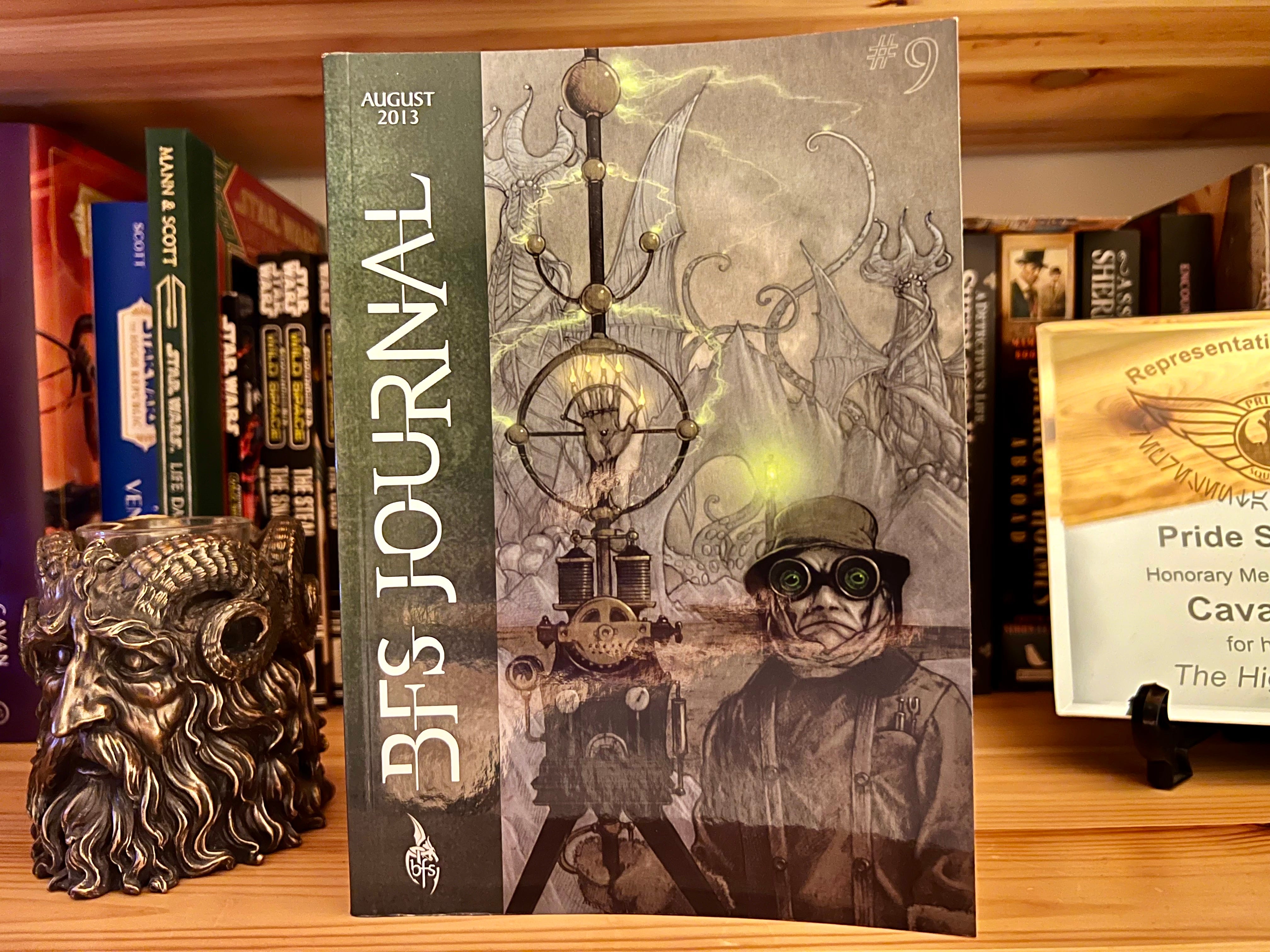
Set in the early days of the 20th Century, Glory Bound told the story of an Antarctic expedition gone terribly wrong, thanks mainly to the actions of a double agent within the group, a young Scot by the name of Mallory Hex. At this point, there was no mention of Mi666, only a nameless agency where Hex had received training from an enigmatic chap called Murknight.
Later that year, another mission ‘from the Mi666 casebooks’ was published in Storyteller - A Found Book from Obverse Books. The anthology was released to commemorate a dear friend that publisher Stuart Douglas had recently lost to Cystic Fibrosis.

You can read about the unique genesis of The Hanging Tree here, the case once again starring the mysterious Mallory Hex, now working with new Mi666 recruit Jacob Bain.
A former army captain who had been experimented upon by immoral scientists looking for a shortcut to victory during World War Two, Bain was unable to touch another human being without absorbing their memories. Recruited by Mi666, Bain carried out Great Britain’s supernatural dirty work in return for the drugs he needed to correct, if not fully control, his condition.
Another story was written around the same time with a title straight from the pulps. Night of the Krampus was due to be released as a freaky festive ebook for Christmas 2013, but sadly never saw the light of day, publication cancelled only after Tom Brown had once again delivered a deliciously evocative cover.
Here it is, seen for the first time:
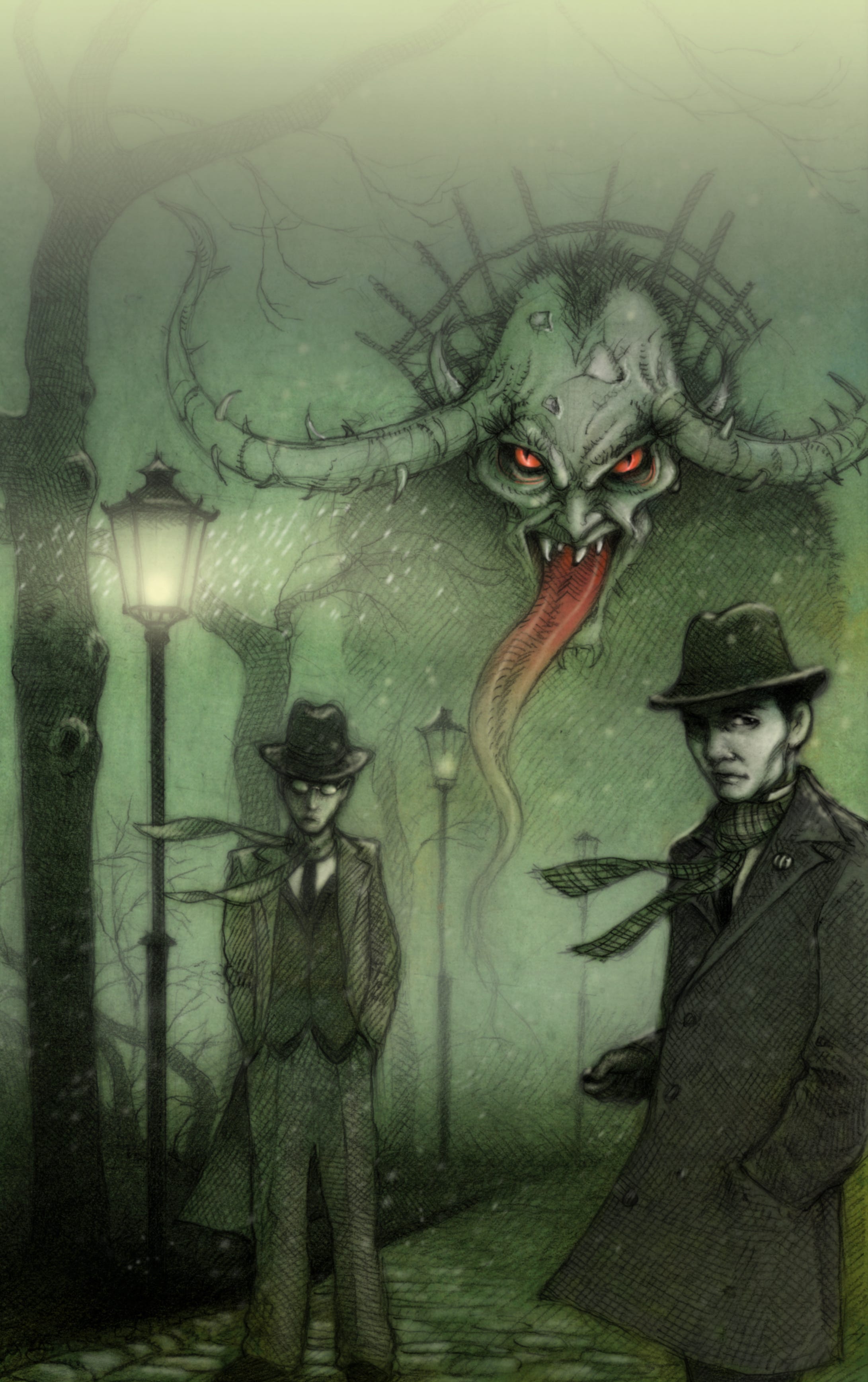
That’s Mallory Hex in the specs with Bain to the right. The duo had also gained a new associate: Beatrix Hawker, a young woman who, like Hex, was more than she seemed. While Hex’s origins were never disclosed, Beatrix was revealed to be a demon summoned by Her Majesty’s government to fight the powers of darkness — maybe by Hex himself!
Following the Christmas story’s cancellation, MI666 was put on a back-burner to other work five years later, at New York Comic Con, I met with Adrian Wassel, Editor in Chief of Vault Comics. We’d been talking for a while, and I had already pitched a book to him, which unfortunately wasn’t a good match for Vault’s slate at the time, although Adrian insisted that he very much wanted to work with me. Now, in the middle of the Javits Center, Adrian asked if I had any other ideas to send his way.
Without even meaning to, I blurted out: “Mi666!”
“Interesting,” he said. “What’s that.”
“A supernatural spy series,” I replied, thinking on my feet. “Think Mission: Impossible but with demons and ghosts. Mission: Infernal!” Another variation on a familiar title popped into my head: “Tinker, Tailor, Soldier, Witch!”
Adrian’s eyes lit up. “I’m in. Send me a pitch when you get back to the UK.”
And that’s exactly what I did, although when I sat down at the keyboard to type up the proposal a few weeks later, I hit a wall.
I’d exchanged a few messages with Adrian since leaving New York and it was clear he favoured a contemporary setting rather than the 1950’s adventures I’d originally conceived. That was an easy enough fix, but now with the story firmly set in the 21st Century, Jacob Bain felt, well, off. Yes, James Bond could constantly update himself to suit the age, but Jacob felt stuck in the past. Did I really want to have a handsome, black-haired Caucasian, as my lead, a veteran of the Great British military recruited to join Her Majesty’s Secret Service? In creating Bain, I’d worn my influences on my sleeves. His initials were even JB, for heaven’s sake. Now he felt too derivative. Too anachronistic. This was my opportunity to do something exciting and fresh, not to produce a cheap pastiche.
So Bain was out and Aashi Sidhu was in; an army sniper who, like Jacob before her, had fallen foul of a military desperate to secure victory at any cost. This time, the experiments happened in modern-day Afghanistan rather than war-torn Europe, but like Bain, Lieutenant Sidhu would be haunted by what had been inflicted on her, although she would strike an even more tragic figure, stripped of her emotions, maybe even her humanity.
As the pitch document laid out:
Worst of all, Aashi is all-too aware of what she has lost, and goes to great lengths to feel something… anything. Her team-mates become concerned as she embraces increasingly dangerous extreme sports and indulges in irresponsible S&M practices they fear could expose MI666.
The ‘S&M practices’ never made it to the final comic, which is probably for the best in retrospect, but the extreme sports remained. As for who was responsible for the experiments that left Aashi with a heart of stone, the pitch said this:
Hex recruited Aashi as he felt responsible for her condition, even though he wasn’t involved in the experiment himself. Probably…
Veering away from Bain felt right, but Aashi didn’t feel like a lead. Neither did Hex, who in the pitch had taken a turn to the bizarre.
MI666’s spymaster. In the 16th Century, the boy we now know as Hex was the apprentice of John Dee, Queen Elizabeth’s court sorcerer and the first spy to use the designation, 007. Hex was the subject of one of Dee’s experiments, and was tattooed with enochian phrases – the language of the angels. The tattoos granted Hex immortality, freezing him forever in the body of a twelve-year-old lad. He also entered Elizabeth’s ‘secret service’, and has been a spy ever since.
Hex has other abilities, including necromancy which he uses to gather intel from a network of ghosts-turned-informers.
Pragmatic and cunning, Hex is fiercely private, living with an elderly woman which many assume is his grandmother, but who is actually his wife of over sixty-years, a woman he loves deeply.
All good, but Hex would never make an effective protagonist. He was better in the shadows, a spider at the center of a web of lies.
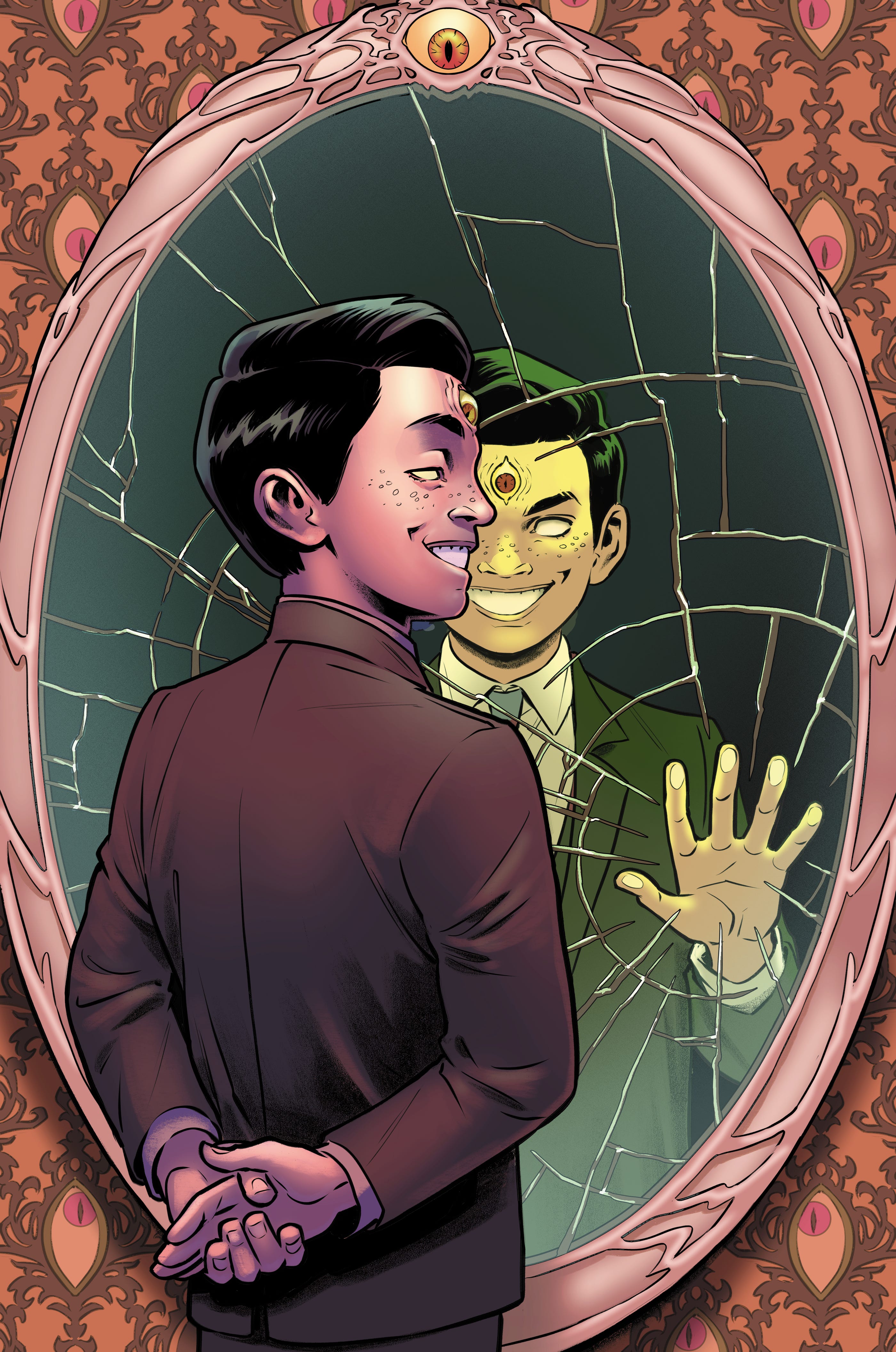
So I turned to another new character: Coyne. MI666’s latest infiltration agent had a remarkable gift: the ability to morph himself into the form of anyone he consumed. That’s right: to go undercover, Coyne had to literally eat the corpse of the person he was pretending to be.
Talk about ‘you are what you eat!’
Coyne was cool, and had almost made it into two previous projects; an unsuccessful pitch for a fantasy novel called Slaymaker and very nearly The Ward, his part only cut when Dark Horse asked me to trim storylines to make the supernatural hospital drama a four-issue mini-series1. St. Lilith’s loss was Mi666’s gain. Coyne finally found a home, but felt more like a secondary character rather than a series lead.
Aaargh! I was back at square one. I had a plot, itself reworked from a thriller that I’d tried to sell to Vertigo a few years before2, but still didn’t have a main character and Adrian was expecting the pitch by the end of the week.
Frustrated that MI666 would once again fall by the wayside, I shut off my computer and went for a walk, hitting shuffle on my iPhone as I closed my front door behind me.
Little did I know that music would provide the answer…
Find out the answer to my problem and the birth of Shadow Service’s Gina Meyer in part two of this article next month, exclusive for paid subscribers of the Cavletter.
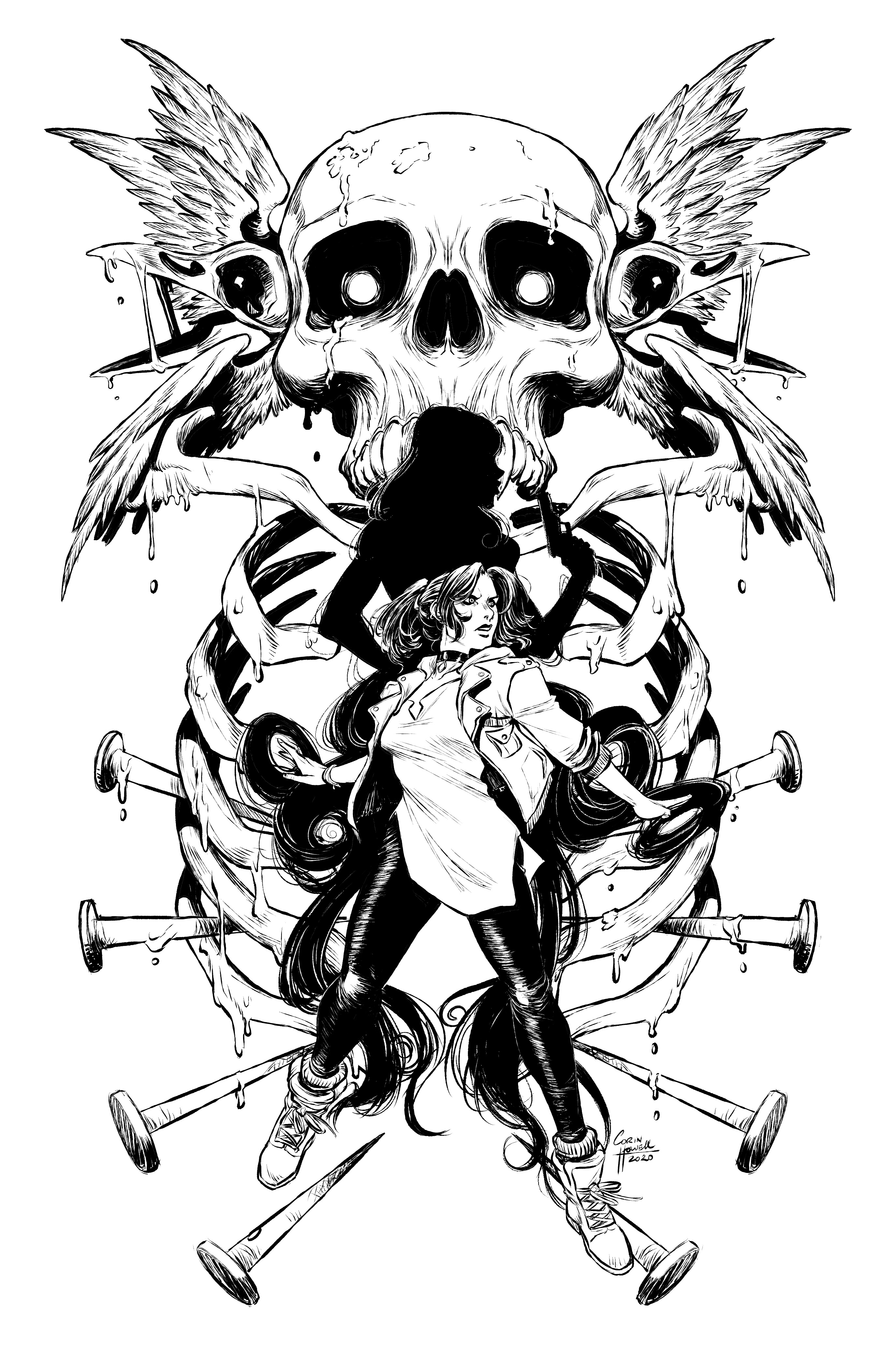
Never throw away your ideas. You never know when they’ll come in handy! ↩
See what I mean? The Vertigo pitch was called Dark Arts, which would go on to become the name of Shadow Service’s first arc. The Vertigo editor at the time said he liked the idea but then left DC Comics, Dark Arts’ chances disappearing in a puff of smoke. But nothing ever goes to waste in comics! ↩

